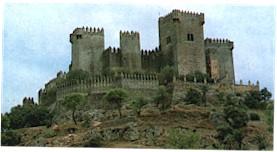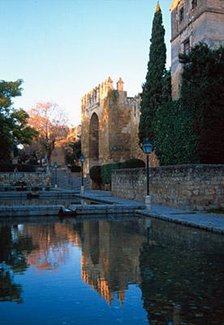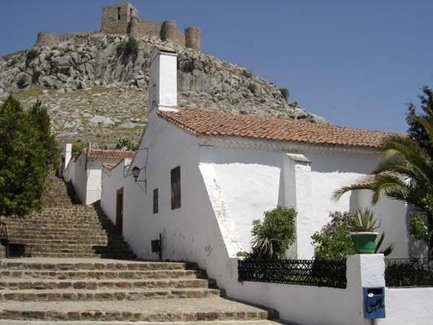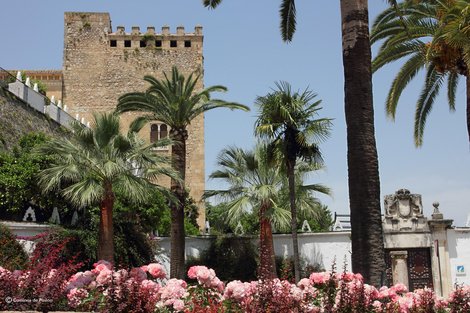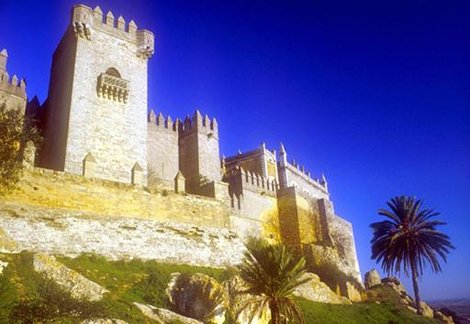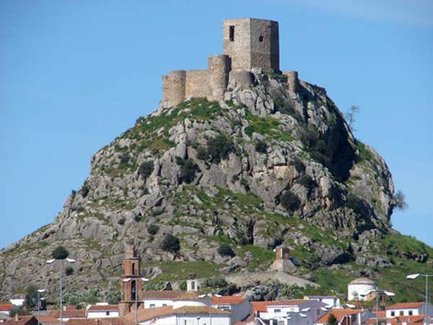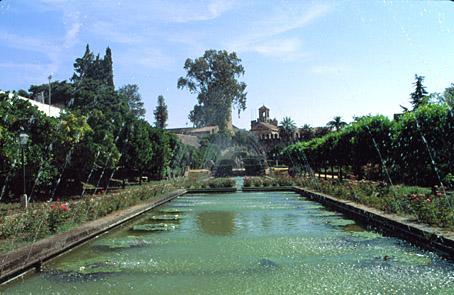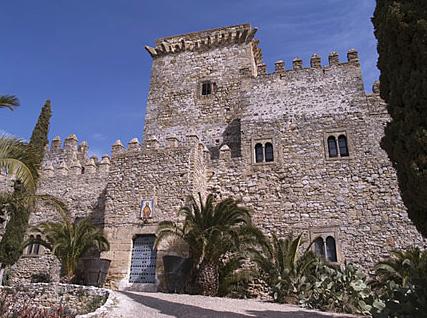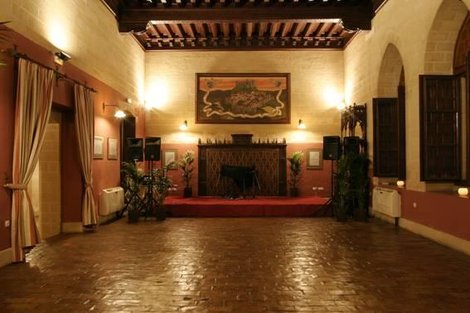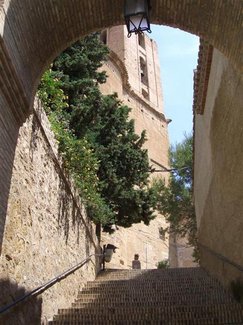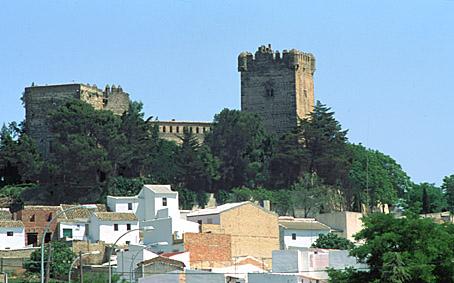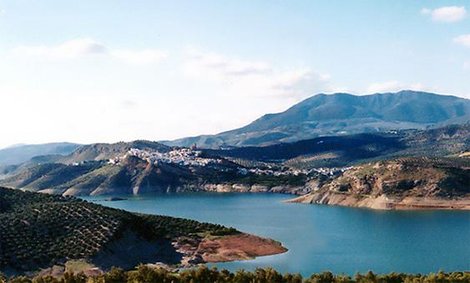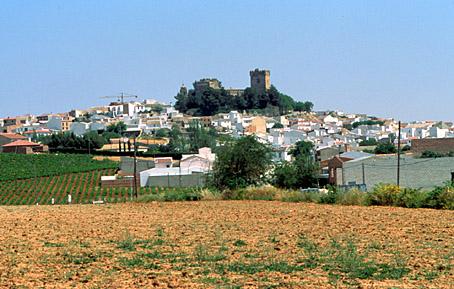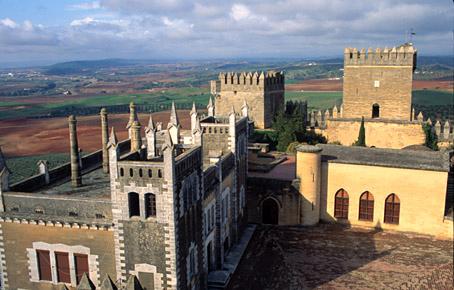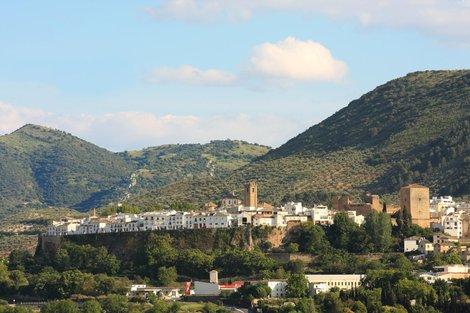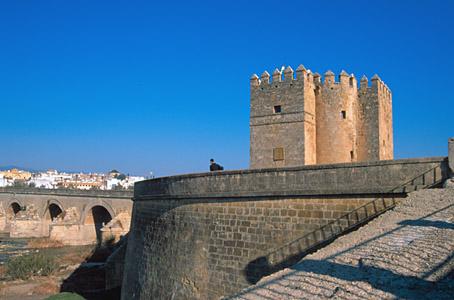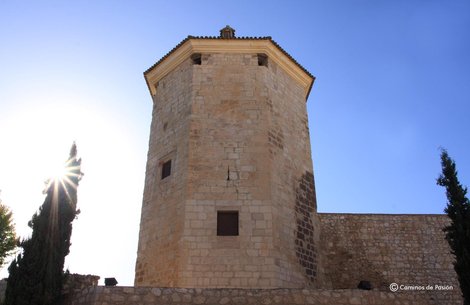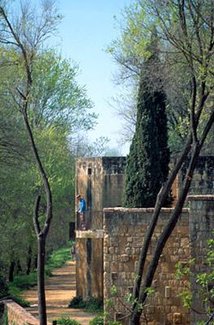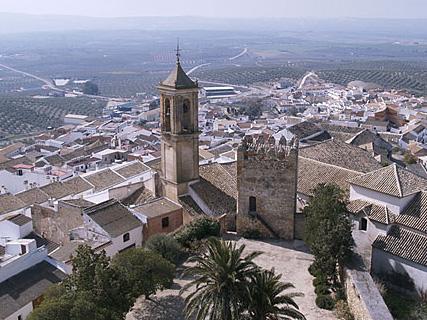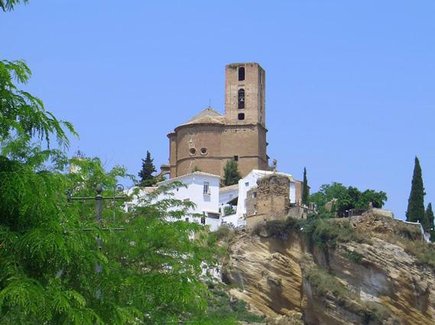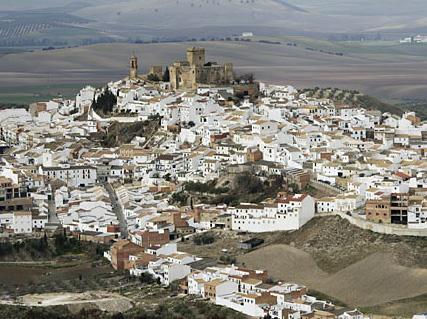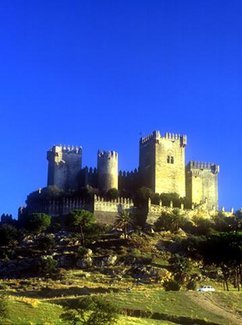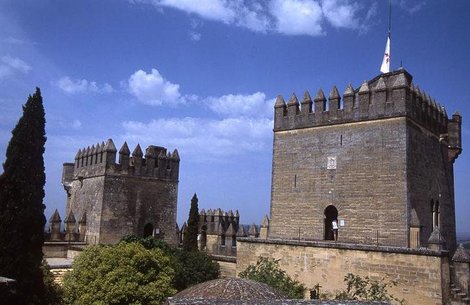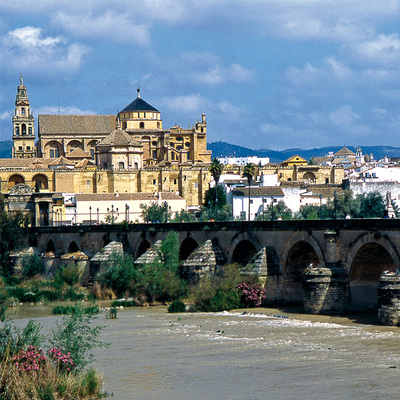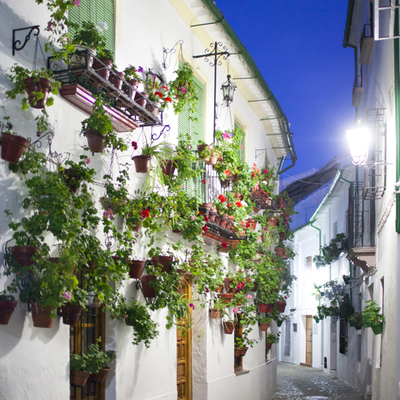The power of the feudal estates: Cordoba

Cordoba is a land of good castles: because many of its towns are very old, because it was an important frontier during the Reconquest, because of the power of its feudal estates, or because many of its forts are still in the hands of nobility.
An example of this is the castle of Almodóvar, which stands on an escarpment over the Guadalquivir River, with its eight challenging, ancient towers, Moorish layout, Christian reconstruction and 20th-century restoration.
Before reaching Cordoba, we come across the San Jerónimo Monastery (15th-century Gothic patio). In Cordoba, you can see what remains of the Alcázar de los Reyes Cristianos (14th century) —the headquarters of the Inquisition for many years— and the Calahorra Tower (14th century, Mudejar).
From the capital of the Caliphate, if we go up towards Los Pedroches, the old way to the plateau, we find: before Espielthe ruins of El Vacar Castle, made during the Caliphate period; the rock castle of Bélmez, of importance during the War of Independence and the confrontation between Riego and the Realists; and the magnificent fortresses of Belalcázar (15th century, with an important keep) and Madroñiz.
Route 2 runs through the Cordoba countryside, between vineyards and olive groves, and reaches the Subbaetic mountain range: the medieval castles of Montemayor and Espejo, right in the heart of the hamlet, symbols of the stately power of Lucena, with its Moral Tower, where Boabdil was kept prisoner. The ruins of the defensive enclosure of Cabra, the fortress of Priego —where the keep is worthy of note— or Iznájar Castle (of Moorish origin), overlooking the Genil from its privileged position. This route also has numerous towers and watchtowers, especially around Cordoba.

